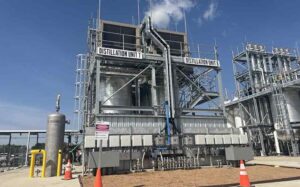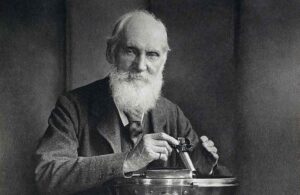Optical physicists reach lowest temperature
3rd August 2016 USA: Optical physicists at the University of New Mexico claim to have used lasers to chill a crystal to -296ºF (91K).
USA: Optical physicists at the University of New Mexico claim to have used lasers to chill a crystal to -296ºF (91K).
Dr Mansoor Sheik-Bahae, professor of physics and astronomy at the university’s Department of Physics & Astronomy, along with his research group, is using laser light to chill a special type of crystal, which can then be attached to a device that requires constant and reliable cooling, like infrared detectors on satellites.
What sets their technique apart is the temperatures it can cool to without having any moving parts. Any vibrations can impact the precision or resolution of the device.
“But, when you have optical refrigeration, you can go to low temperatures without any vibrations and without any moving parts, making it convenient for a lot of applications,” explained Aram Gragossian, a research assistant in Sheik-Bahae’s lab.
Earlier this year, Sheik-Bahae, along with collaborators at UNM, and Los Alamos National Labs, reached the lowest temperatures ever recorded using an all-solid-state cryocooler – 91K or -296ºF – temperatures that were previously only able to be reached using liquid nitrogen or helium.
This latest achievement is the product of more than 20 years of work by researchers at UNM, the University of Pisa in Italy and New Mexico’s national laboratories.
One function of solid-state cryocoolers is to cool infrared focal plane arrays (cameras), which can be used for a variety of applications and are even being utilised to detect skin cancer in patients. The detectors must be able to read miniscule changes between healthy areas of skin and diseased areas, so having a cooling system that does not generate vibrations could be extremely useful.
Another application that is being currently developed in collaboration with the scientists at the National Institute of Standards and Technology (NIST) in Colorado is cooling of delicate “reference cavities” for achieving super-stable lasers that will be used as high precision clocks in myriad of metrology applications.







